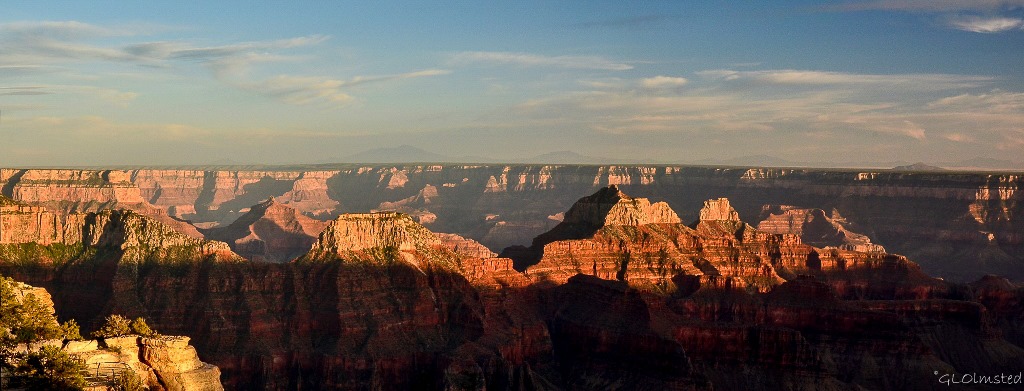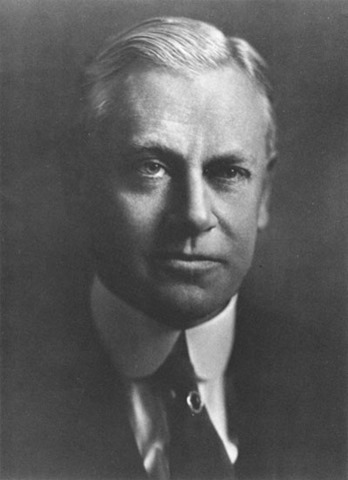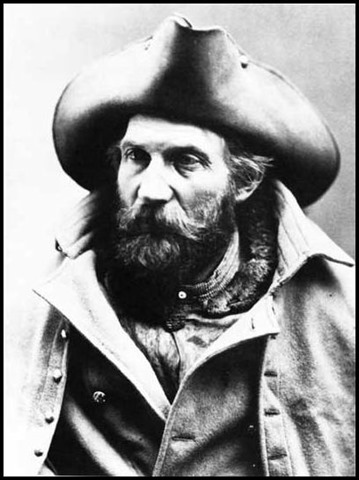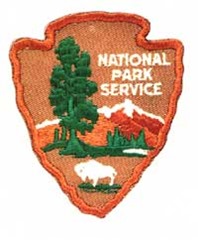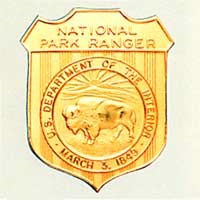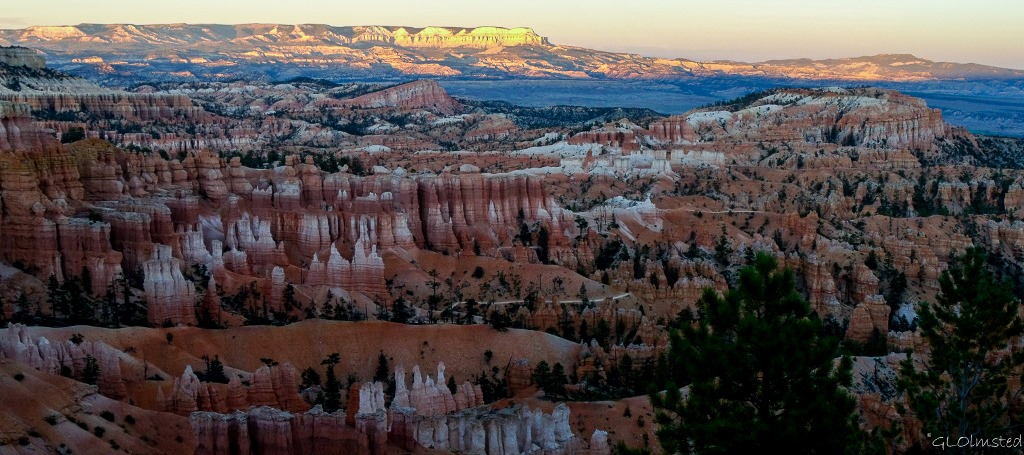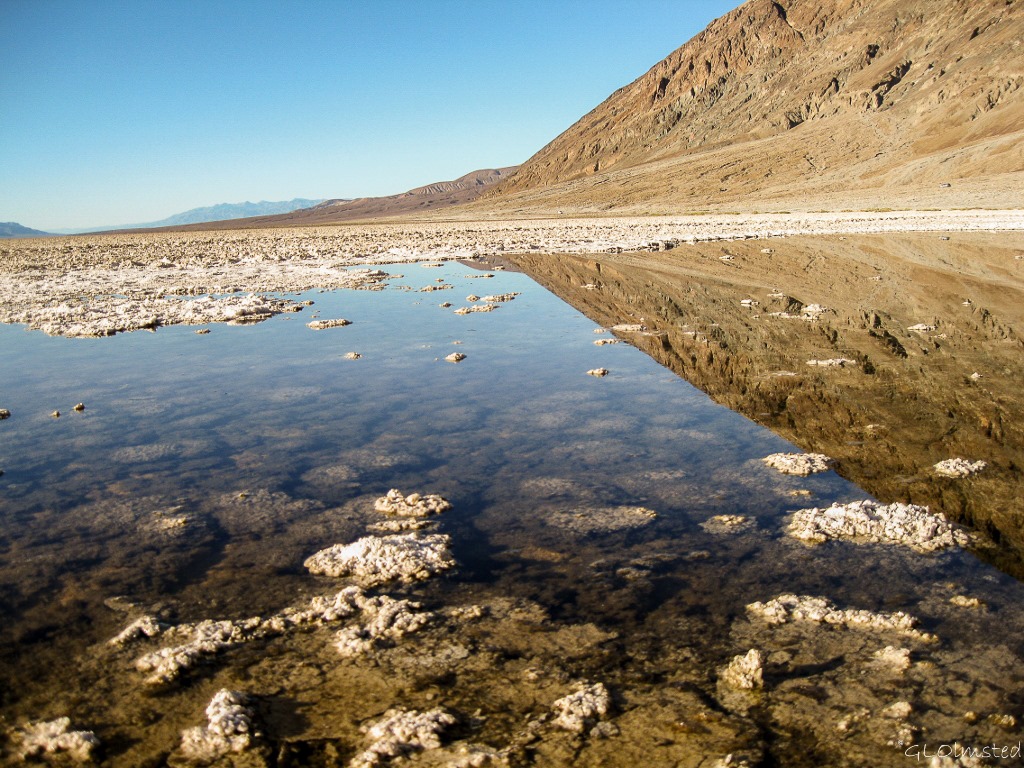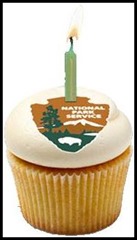 The National Park Service celebrates 98 years protecting public lands on Founders Day August 25, 2014 with free admission to their 401 managed sites.
The National Park Service celebrates 98 years protecting public lands on Founders Day August 25, 2014 with free admission to their 401 managed sites.
If you visit United States national parks I’m sure you’ll appreciate the Service’s hard work ensuring preservation for future generations. Plus you’ll recognize National Park Service icons like the Park Ranger with their seemingly romantic lifestyle, wearing the ‘green and gray’ displaying the well known arrowhead patch and badge. But it’s really all about the hat, called a flat-top amongst the employees who wear it proudly. And although the Park Service mission has stayed the same, Ranger duties, uniform and meeting public needs has changed over the last 98 years.
Being a Park Ranger means knowing about the history of this illustrious agency and I thought I knew quite a bit yet have learned a whole lot more researching their history. But I promise not to get too carried away, at least for this posting. However, I can see a new program developing already.
America’s Best Idea
Most have heard the story of Yellowstone country explorers David E. Folsom, Henry D. Washburn and Ferdinand Hayden sitting around an 1871 Wyoming campfire who presumably conceived the idea to set aside the land for public use and not allowing it to be sold to private individuals. But in truth the national park idea should probably be credited to artist George Catlin from concerns on his 1832 travels about destruction of the wilderness and wildlife when he wrote, “by some great protecting policy of government… in a magnificent park… a nation’s park, containing man and beast, in all the wild[ness] and freshness of their nature’s beauty!”
Although Congress established Yellowstone National Park in 1872 and placed it under “exclusive control of the Secretary of the Interior” the history of our National Park system actually began in 1790 when the District of Columbia was formed.
Even the Northern Pacific Railroad Company got on board by promoting public reservations while seeking major destinations for their route between Lake Superior and the Puget Sound completed in 1883.
The 1906 Antiquities Act provided for the protection of cultural sites and prohibited the excavation or appropriation of antiquities on federal lands without permission. In addition it gave Presidents the authority to proclaim national monuments on lands already under federal jurisdiction. Whereas National Parks can only be created through an act of Congress.
Over the next 61 years additional national parks and monuments were authorized and administered by multiple agencies, Department of the Interior, War Department and the Forest Service of the Department of Agriculture.
Birth and Growth of the National Park Service
On August 25, 1916, President Woodrow Wilson signed the act creating the National Park Service, a new federal bureau in the Department of the Interior responsible for protecting the 35 national parks and monuments then managed by the department and those yet to be established. The Organic Act states:
the Service thus established shall promote and regulate the use of the Federal areas known as national parks, monuments and reservations…by such means and measures as conform to the fundamental purpose of the said parks, monuments and reservations, which purpose is to conserve the scenery and the natural and historic objects and the wild life therein and to provide for the enjoyment of the same in such manner and by such means as will leave them unimpaired for the enjoyment of future generations.”
This was a tall order for the first director Stephen Mather, and still is, plus was made more so when a 1933 Executive Order transferred 56 national monuments and military sites from the Forest Service and the War Department to the National Park Service. This reorganization was one of the most significant events in the evolution of the National Park System. The Service’s holdings were greatly expanded and there was now a single, national system of parklands.
The early Ranger days
The first Rangers were literally ‘jacks of all trades’ as their duties entailed protecting vast landscapes now labeled “resources”. Most of the time their only companion was a horse they had to buy helping them chase off and arrest poachers and law breakers. And the pay was nominal, probably costing them more than earned to survive.
Stephen Mather reflected upon the early park rangers as follows:
They are a fine, earnest, intelligent, and public-spirited body of men, these rangers. Though small in number, their influence is large. Many and long are the duties heaped upon their shoulders. If a trail is to be blazed, it is “send a ranger.” If an animal is floundering in the snow, a ranger is sent to pull him out; if a bear is in the hotel, if a fire threatens a forest, if someone is to be saved, it is “send a ranger.” If a Dude wants to know the why, if a Sagebrusher is puzzled about a road, it is “ask the ranger.” Everything the ranger knows, he will tell you, ex-cept about himself.”
These men dressed as any rough and outdoor men wearing only a badge to identify them as Rangers.
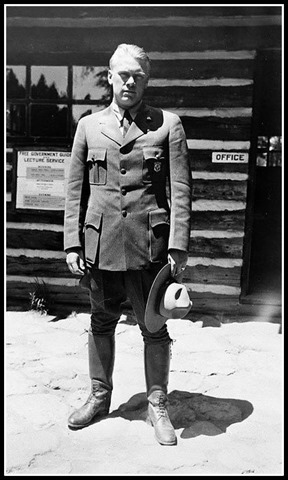 Former President Jerry Ford 1936
Former President Jerry Ford 1936
Standard uniforms weren’t established until the 1920s and changed over the years.
Icons like the arrowhead patch, badge and hat became recognized as symbols of the Park Ranger.
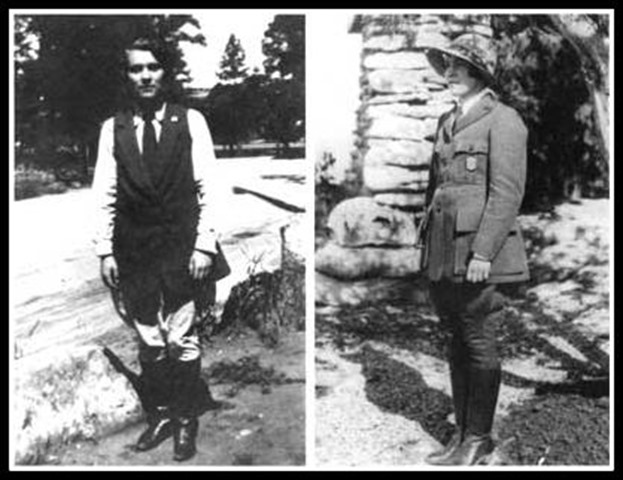 Women weren’t seen in the Service until the late 1920s and then mostly doing clerical work. The first female naturalist at Grand Canyon, Pauline Mead, worked from 1929-31 and wore a man’s uniform.
Women weren’t seen in the Service until the late 1920s and then mostly doing clerical work. The first female naturalist at Grand Canyon, Pauline Mead, worked from 1929-31 and wore a man’s uniform.
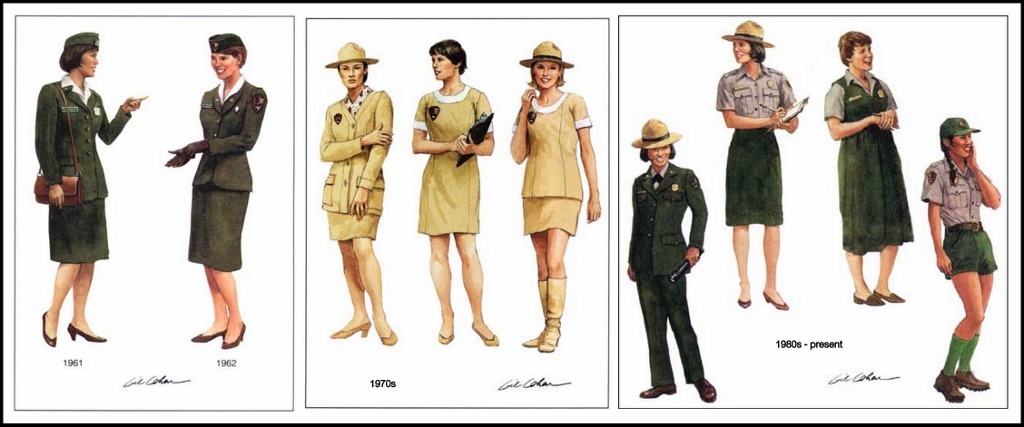 As women were accepted in all the divisions uniforms were adapted to their duties. Note the 60s ‘Stewardess’ look and the 70s ‘go-go boots’. In 1978 the uniform regulations changed authorizing women to wear the same ‘green and gray’ of their male counterparts.
As women were accepted in all the divisions uniforms were adapted to their duties. Note the 60s ‘Stewardess’ look and the 70s ‘go-go boots’. In 1978 the uniform regulations changed authorizing women to wear the same ‘green and gray’ of their male counterparts.
One Act after another
The National Park Service has met many challenges and changes through countless acts of Congress. The list is long and requires the Service to preserve historic sites, wilderness, recreation lands, wild and scenic rivers, seashores, trail systems, endangered species and archeological sites while providing for visitor services. It’s a fine balancing act with constant conflicts.
Moving ahead
 In today’s world the duties of Park Rangers are as varied and diverse as the parks where they serve and have become specialized though they often intertwine. Administration takes care of the paperwork and makes high level decisions. Law Enforcement, Emergency Services and backcountry Rangers work for Park Protection of visitors and the resource. Facility Management and Operations includes equipment operators, custodians, trail crews, electricians, plumbers, architects and firefighters. Science Resource Management study the natural and cultural sciences by biologists, geologists, historians, archeologists and botanists. Visitor Services employ Visitor Use Assistants who collect fees at entrance stations and campgrounds, and Interpretive and Education Rangers who help visitors connect to the site, answer questions and work with students.
In today’s world the duties of Park Rangers are as varied and diverse as the parks where they serve and have become specialized though they often intertwine. Administration takes care of the paperwork and makes high level decisions. Law Enforcement, Emergency Services and backcountry Rangers work for Park Protection of visitors and the resource. Facility Management and Operations includes equipment operators, custodians, trail crews, electricians, plumbers, architects and firefighters. Science Resource Management study the natural and cultural sciences by biologists, geologists, historians, archeologists and botanists. Visitor Services employ Visitor Use Assistants who collect fees at entrance stations and campgrounds, and Interpretive and Education Rangers who help visitors connect to the site, answer questions and work with students.
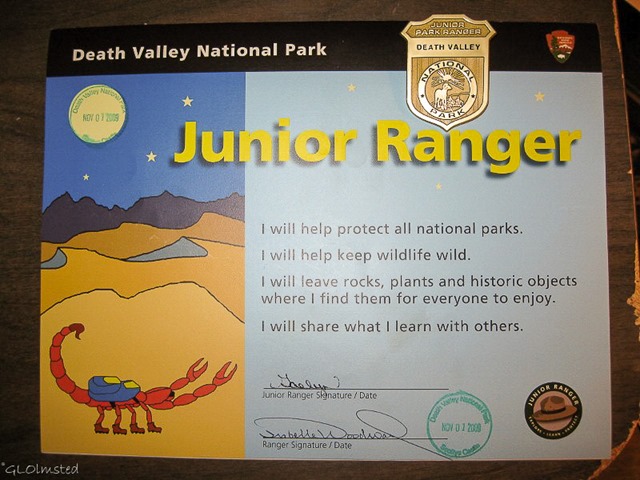 Junior Ranger activity based programs connect youth to the parks ensuring the future. And Web Ranger connects them online.
Junior Ranger activity based programs connect youth to the parks ensuring the future. And Web Ranger connects them online.
National Parks are assisted by others financially, physically and by the services offered to visitors. Partners like history associations and the National Park Foundation help raise funds and awareness. Concessionaires provide services like lodging, food, transportation and gift shops. Volunteers-In-Parks contribute millions of hours annually assisting all divisions by bringing their various skills to the parks. Artist-in-Residences promote National Parks through visual arts, photography, sculpture, performance, writing, music, and crafts. And you, the visitors, by spreading the word about these magnificent places.
The future
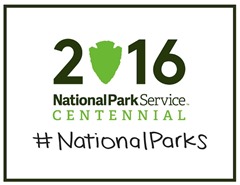 2016 marks 100 years of meeting the mission: “The National Park Service preserves unimpaired the natural and cultural resources and values of the National Park System for the enjoyment, education, and inspiration of this and future generations.” Preparations are under way to meet the second century of challenges which includes connecting people to parks, advancing the education mission, preserving these special places and enhancing professional and organizational excellence.
2016 marks 100 years of meeting the mission: “The National Park Service preserves unimpaired the natural and cultural resources and values of the National Park System for the enjoyment, education, and inspiration of this and future generations.” Preparations are under way to meet the second century of challenges which includes connecting people to parks, advancing the education mission, preserving these special places and enhancing professional and organizational excellence.
Climate change will play a large roll in the future as glaciers retreat, coastlines erode, flooding destroys roads and wildlife habitats change.
It’s the hat
Much like the early uniform the hat was fashioned after Army uniforms. The felt Stetson was usually creased fore and aft with a stiff brim.
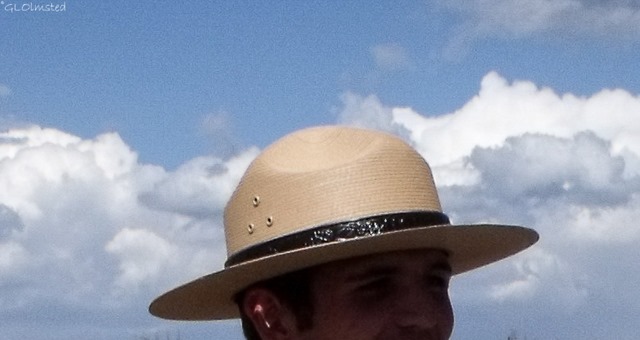 A large percentage of the National Park Service’s estimated 20,000 employees are seasonal so can only work “1039” hours which is equivalent to six months. We don’t do it for the money. There’s a pride taken by those who wear the uniform and serve the public to preserve special places in America. We work as a team. Ever attend a walk or talk? I hope the Ranger’s passion and knowledge provoked you. All National Parks have a story that Rangers want to share. Please treat the parks with respect, like you should your mother, Mother Earth.
A large percentage of the National Park Service’s estimated 20,000 employees are seasonal so can only work “1039” hours which is equivalent to six months. We don’t do it for the money. There’s a pride taken by those who wear the uniform and serve the public to preserve special places in America. We work as a team. Ever attend a walk or talk? I hope the Ranger’s passion and knowledge provoked you. All National Parks have a story that Rangers want to share. Please treat the parks with respect, like you should your mother, Mother Earth.
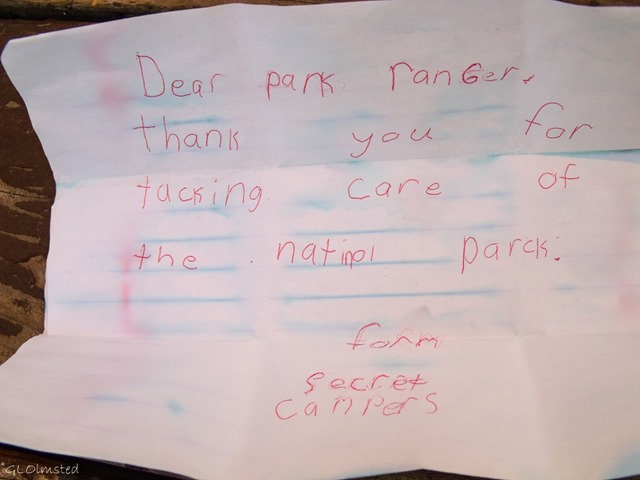 Join in as the National Park Service celebrates 98 years and visit a park site for free on Founder’s Day, Monday August 25, 2014.
Join in as the National Park Service celebrates 98 years and visit a park site for free on Founder’s Day, Monday August 25, 2014.
If you ever wondered how the National Park Service is funded I found a Wikipedia article (I know it’s Wiki) that breaks down the budget.

